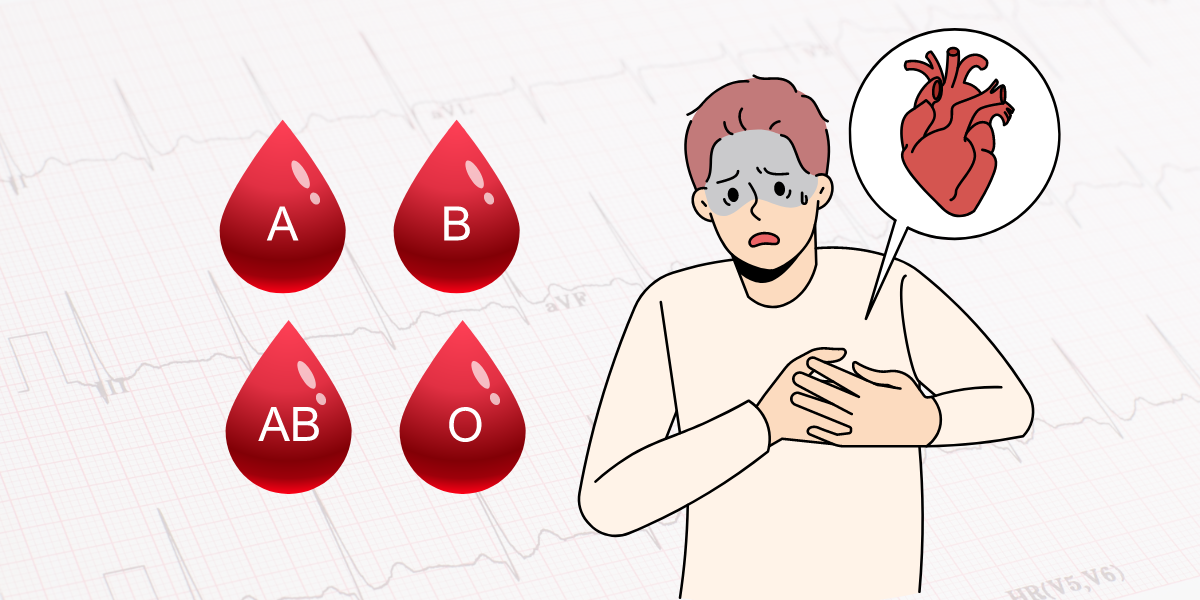The study, done by Manipal Academy of Higher Education, revealed a higher occurrence of CAD among people with blood group A.

The study, which was done by Manipal Academy of Higher Education, Manipal, Karnataka. (Creative Common)
A recent study published in the Indian Heart Journal has focused attention on the relationship between the ABO blood groups and the severity of coronary artery disease (CAD) in people of South India.
The study, which was done by the Manipal Academy of Higher Education in Karnataka, revealed that there is higher occurrence of CAD among individuals with blood group A.
The study, which was prospective and cross-sectional in nature, also said that among patients who underwent elective coronary angiogram, those with blood group A displayed a greater prevalence of severe CAD, triple vessel disease, left ventricular dysfunction, and acute coronary syndrome, or ACS.
CAD, also known as coronary heart disease or ischemic heart disease, is a medical condition that affects the arteries supplying blood to the heart muscle. It is the most common type of heart disease and a leading cause of death worldwide.
CAD occurs when the coronary arteries, which are responsible for delivering oxygen-rich blood to the heart, become narrow or are blocked due to the buildup of fatty deposits called plaque.
Plaque is composed of cholesterol, calcium, fat, cellular waste, and other substances found in the blood. Over time, this plaque can harden and narrow the arteries, restricting the flow of blood and oxygen to the heart.
“Coronary artery disease is a multifactorial condition and is considered one of the major concerns of cardiovascular disease. Currently, CAD is one of the leading causes of death in industrialised to developing countries. Influence of cumulative pathologic effects from various cardiovascular risk factors plays a potential role in the development of CAD,” noted the study.
As the disease progresses, affected individuals may experience heart failure, myocardial infarction (commonly known as a heart attack), or cardiac arrhythmias. Interestingly, many patients who suffer from an infarction do not possess any of the commonly identified risk factors.
Umesh Pai M and colleagues from Manipal Academy of Higher Education in Manipal, Karnataka, sought to further explore the connection between ABO blood groups, CAD, and the severity of CAD in the population of South India.
The study encompassed 1,500 patients who underwent elective cardiac angiogram at a tertiary care hospital in Karnataka. Baseline demographic data and the presence of cardiac comorbidities were recorded.
Data from baseline echocardiography and angiographic studies were compiled. Among the patients, 1,086 (72.4 percent) were diagnosed with coronary artery disease, with 68.53 percent being male. The researchers reported the following findings:
There was a statistically significant association between blood groups and hypertension, with blood group AB showing a higher prevalence of hypertension compared to the other groups.
The prevalence of acute coronary syndrome was greater among individuals with blood group A, compared to those with blood groups B, AB, and O.
The incidence of CAD was significantly higher in individuals with blood group A (81.26 percent) than in other blood groups, with a relatively lower occurrence in group B (66.06 percent).
Blood group A exhibited the highest incidence of triple vessel disease (32.5 percent) compared to the other blood groups, whereas blood group O had the highest frequency of patients with normal coronaries (31.3 percent).
Gensini score indicated that blood group A had a higher median value for the severity of CAD than blood groups B and AB.
Among the 414 patients without CAD, blood group O was the most common (42.02 percent), followed by group B (30.19 percent), group AB (7 percent), and group A (20.77 percent).
“Our findings reveal a higher incidence of CAD along with a more severe form of atherosclerosis in patients with blood groups A when compared to the control group,” noted the researchers.
They concluded by emphasising the potential significance of population-based studies with large datasets, which could shed further light on the genetic aspects and overall association of ABO blood groups with CAD pathology, occurrence, and prognosis.

Jul 27, 2024

Jul 26, 2024

Jul 26, 2024

Jul 26, 2024

Jul 26, 2024

Jul 26, 2024